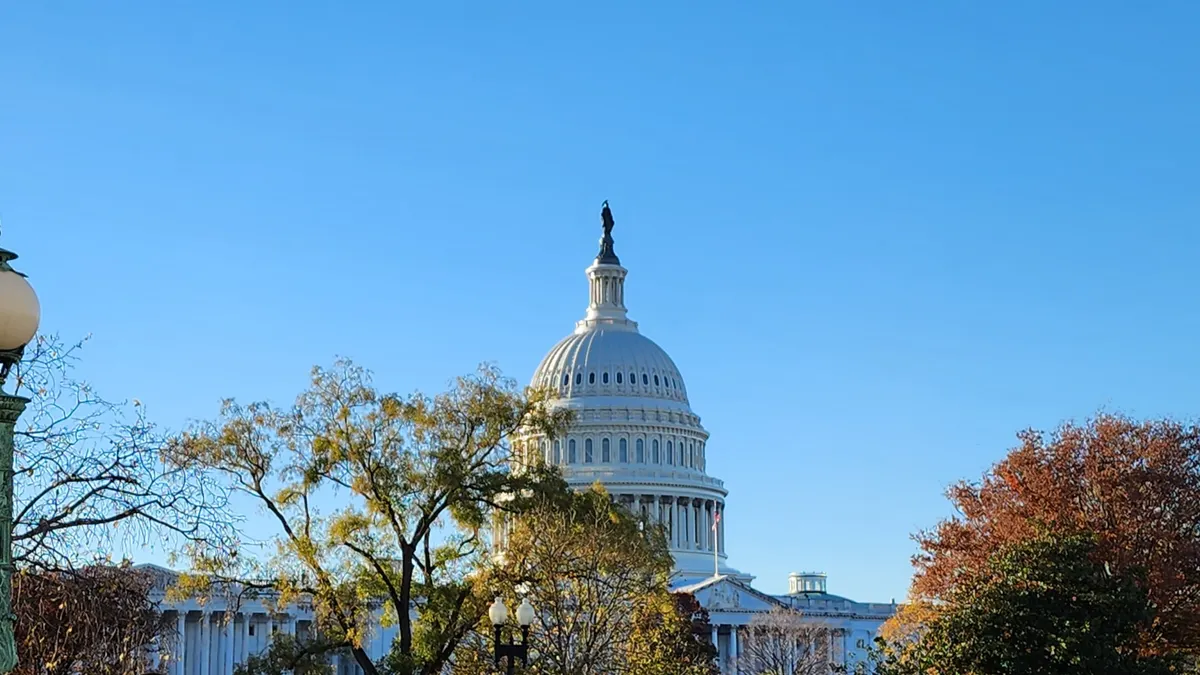Chemical manufacturers have the opportunity to help reform the Toxic Substances Control Act during the law’s 10-year review next year, panelists said at the GlobalChem conference earlier this month.
Chemical companies have been frustrated with the chemical safety amendment enacted in 2016 under TSCA, known as the Frank R. Lautenberg Chemical Safety for the 21st Century Act. The amendment authorized the U.S. Environmental Protection Agency to test and review new chemicals or new uses of existing substances submitted to the agency, measuring their impact on public health and natural resources.
The amendment had bipartisan support and industry backing at the time of its passage in 2015, as chemical makers saw the legislation as a compromise to protect the environment and public health while continuing to innovate. Over time, however, chemical manufacturers became frustrated with the new chemical review process, which often took longer than the allotted 90 days.
Chemical companies have urged the EPA to clarify process requirements and modernize outdated guidance that lacks sufficient direction, according to a Government Accountability Office report from January.
“The system is broken,” Chris Jahn, president and CEO of the American Chemistry Council, said in remarks at GlobalChem. “We’re not asking for the law to be overhauled, but we are calling for it to be fixed. We need a new chemicals program that works, that’s predictable and that encourages innovation — not one that delays progress.”
Jake Kennedy, a senior professional staff member for the Senate Committee on Environment and Public Works, said during the panel that he hears many companies prefer to introduce chemicals overseas, particularly through the European Union’s Registration, Evaluation, Authorisation and Restriction of Chemicals (REACH) program. This is due to the EU’s comprehensive chemical regulation system, which has made the region a leader in substance management.
“I think Congress should get back under the hood of TSCA and try to address some of that discretion and ambiguity,” Kennedy said.
He added that the EPA's hypothesis of possible outcomes “has been really problematic” and slowed risk evaluations for both new and existing substances, rather than relying on research about what could happen if chemicals exceed the implementation limits.
Now, the chemical industry has an opportunity to bring about some of the changes, said Chris Sarley, senior advisor and director of member services and stakeholder engagement for the House Committee on Energy and Commerce.
The next step, said Ryan Jackson, VP of federal affairs at the American Chemistry Council, is for chemical stakeholders to reach out to the EPA and legislators on Capitol Hill and share their ideas, which can help them best take advantage of the opportunity for change.
“They're going to continue to hold hearings. They're going to send letters to the administration to highlight, ‘Hey, when you're doing your regulatory reform, have you thought about this? Are you pursuing that?’” Jackson said. “What you're providing these guys allows their bosses and members of their committees to support the efforts that EPA is taking to do a number of regulatory changes, but most importantly, for our purposes today, TSCA implementation.”
While most Republicans are already on board with overhauling TSCA, Democrats have been less supportive, Kennedy said. Still, the legislation needs bipartisan support for the reform to happen.
“We know the system needs to function better, but let's be honest, there is an opportunity with the reauthorization out there. But without 60 votes, there is no bill,” Kennedy said. “How we talk about TSCA reform in the next two years really matters. I think advocacy is going to make or break the bipartisan support that we need to have this turn into law.”















